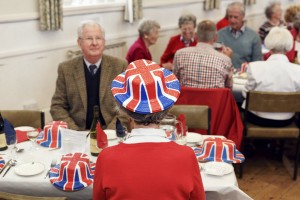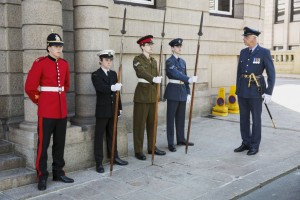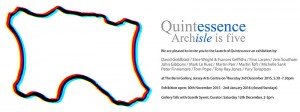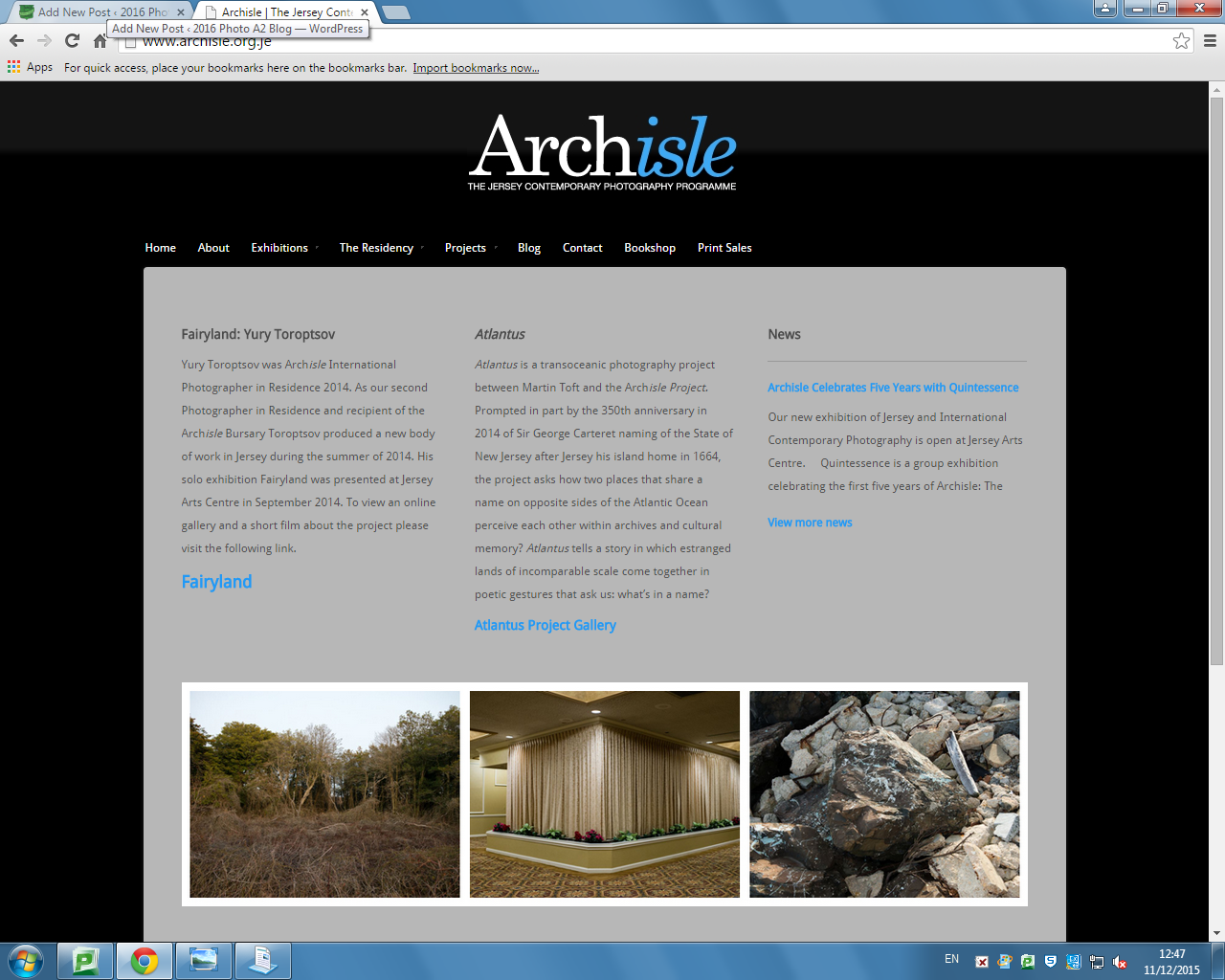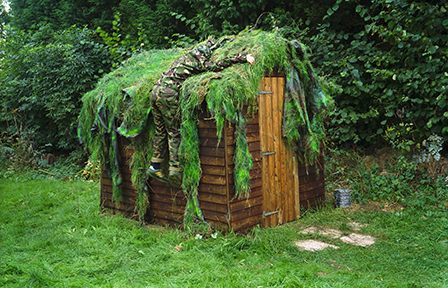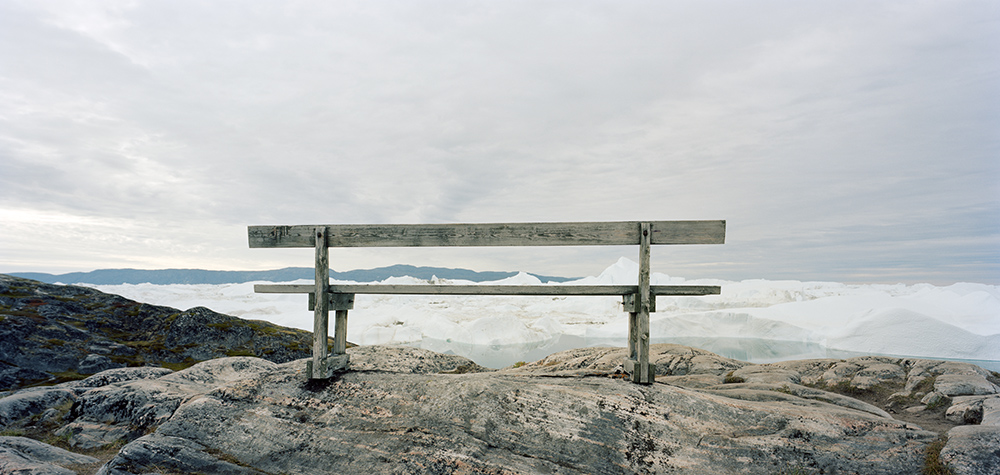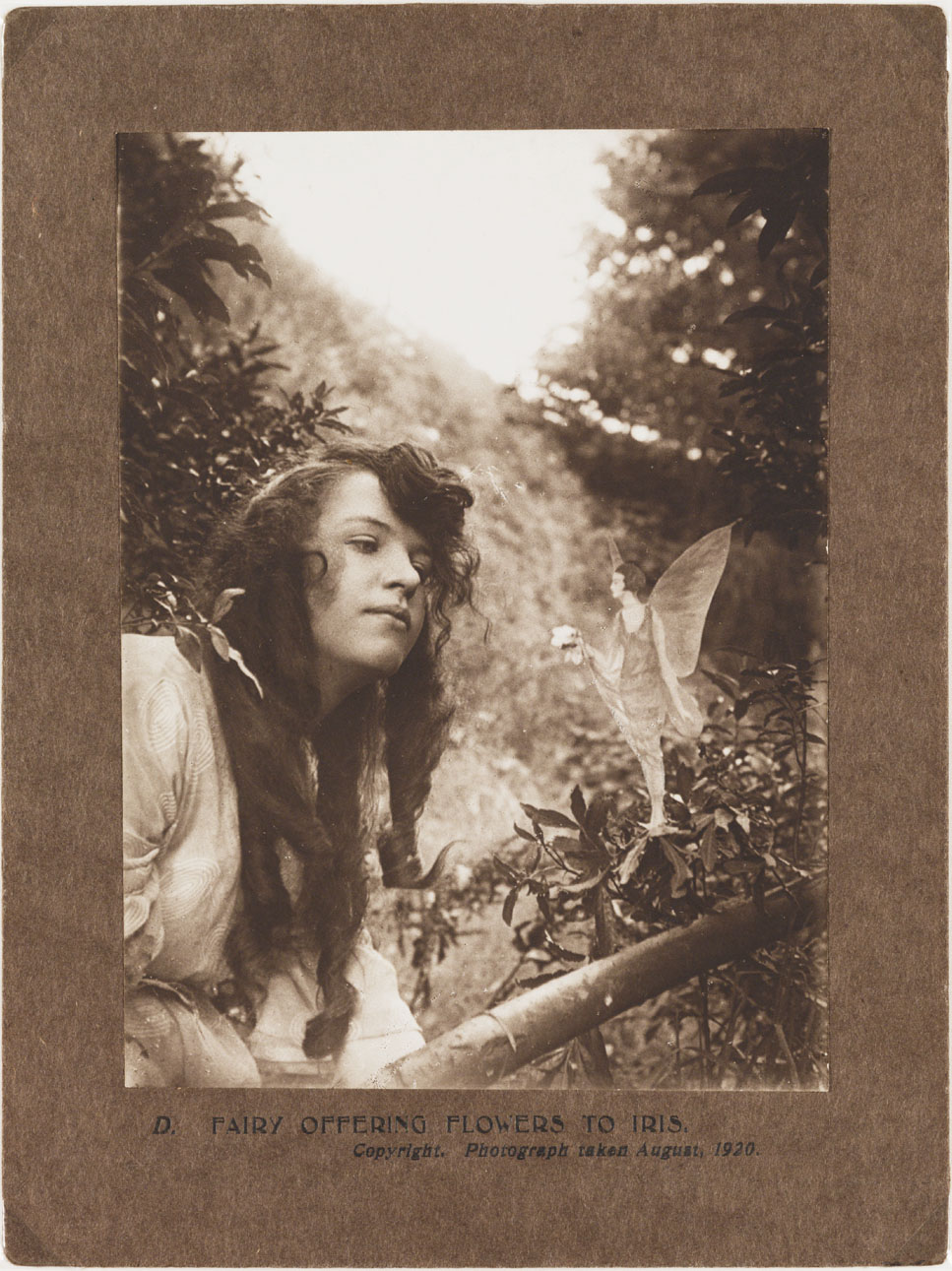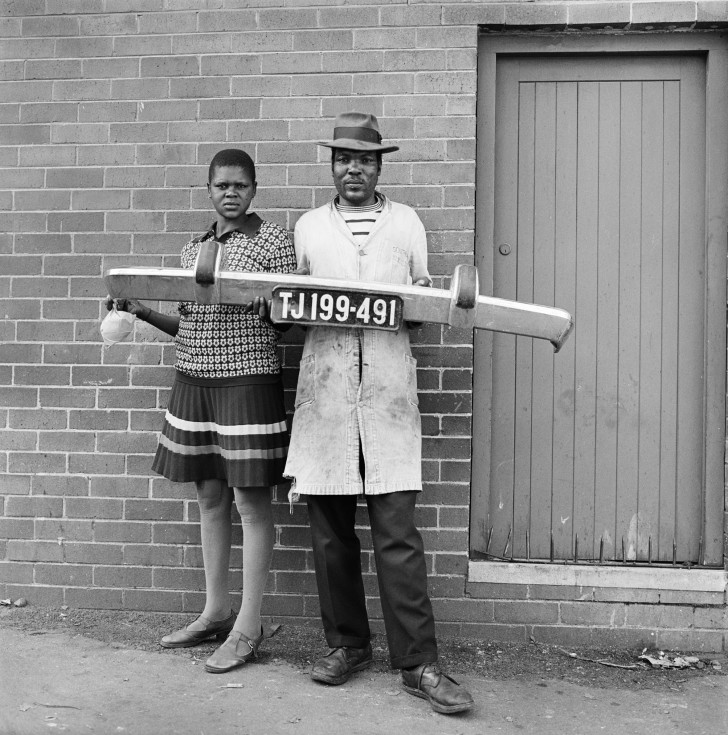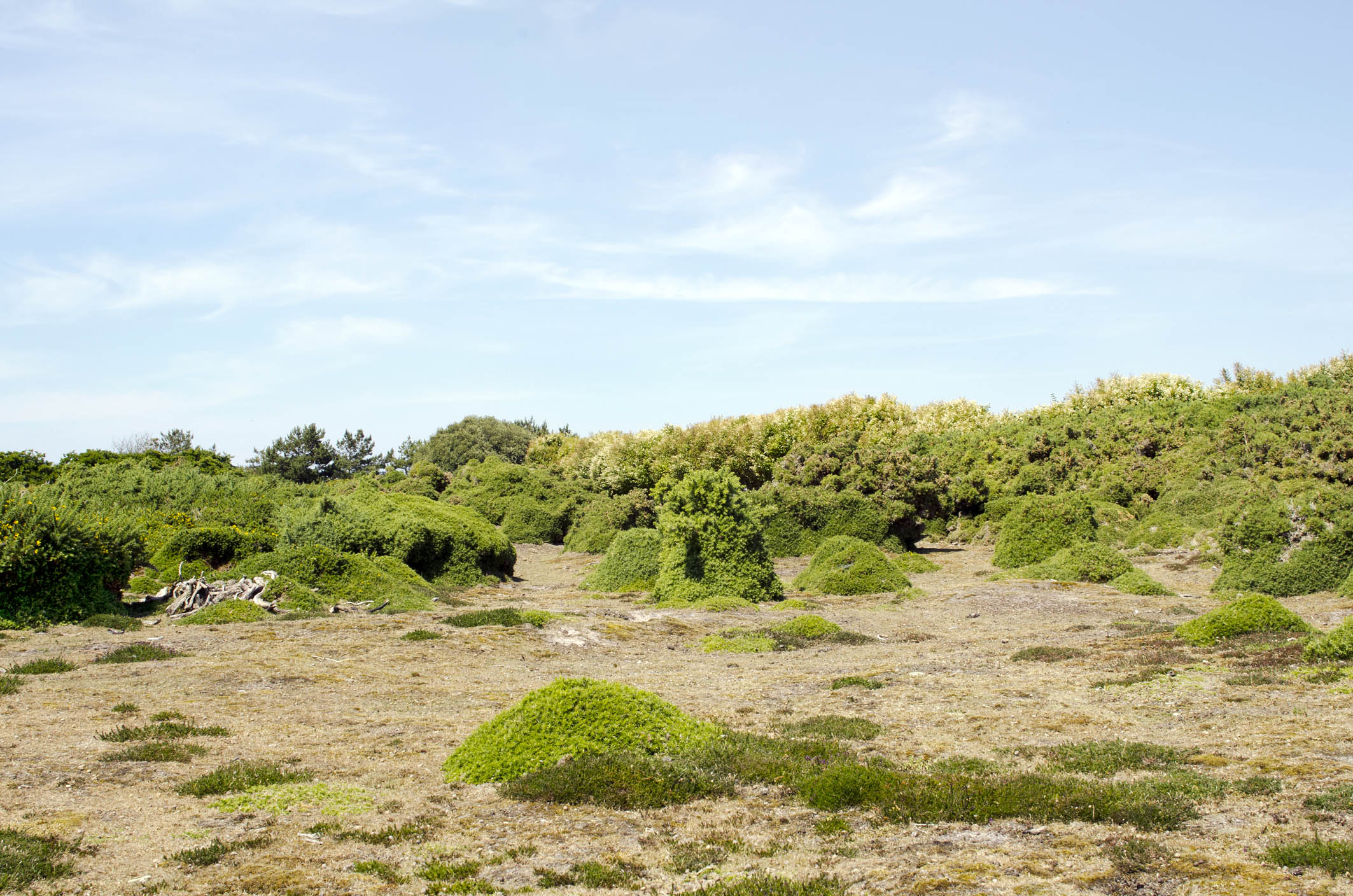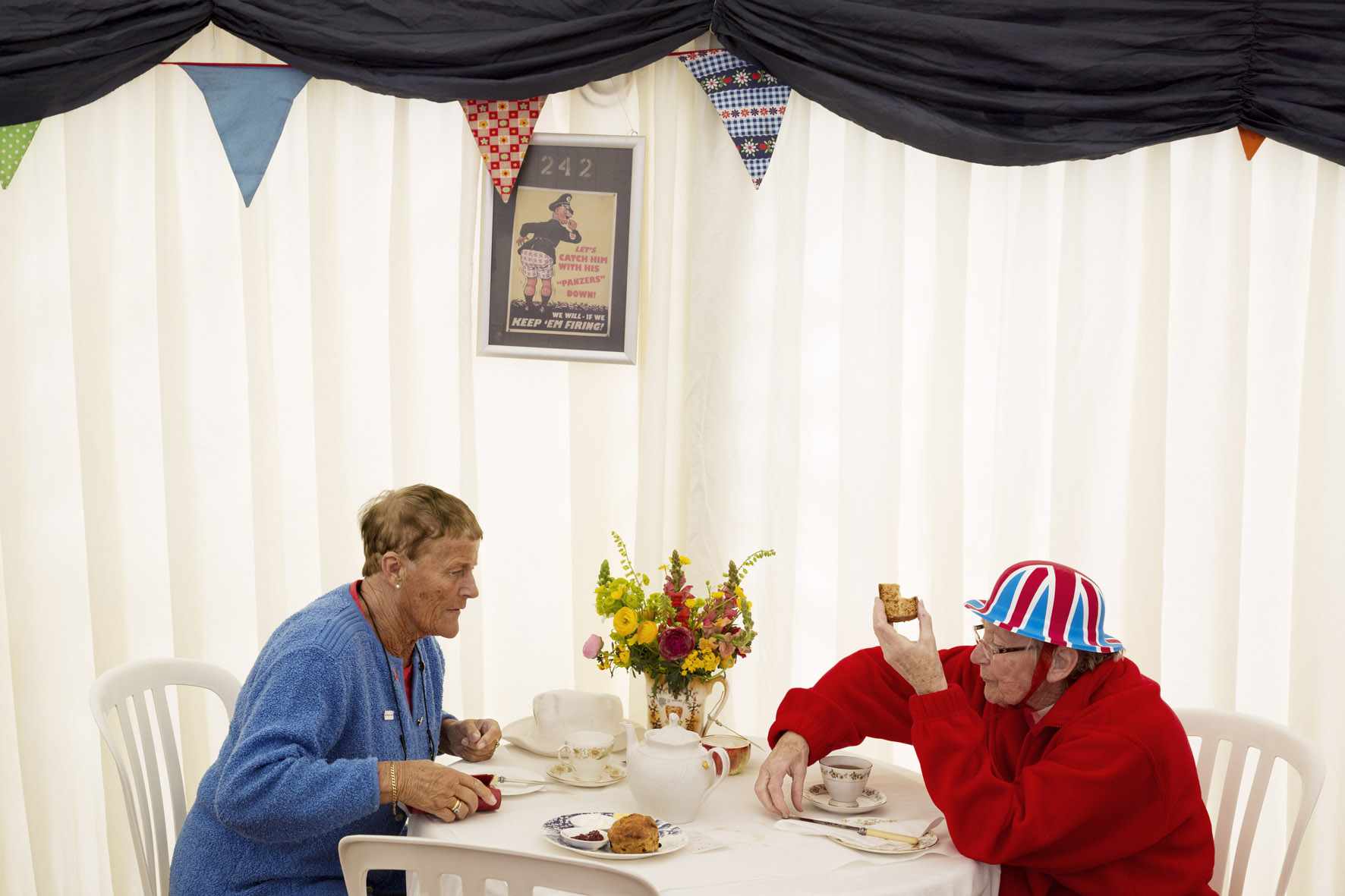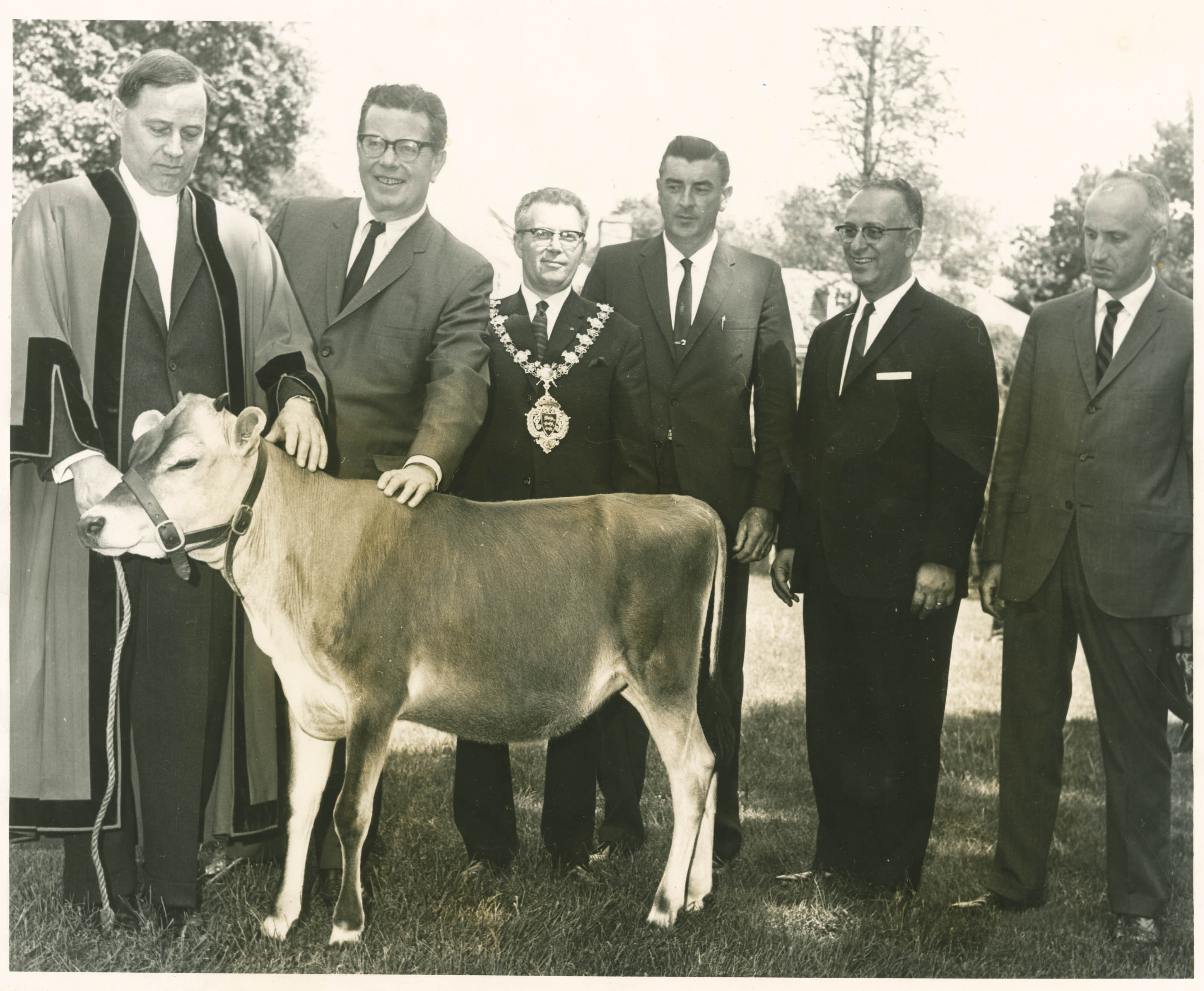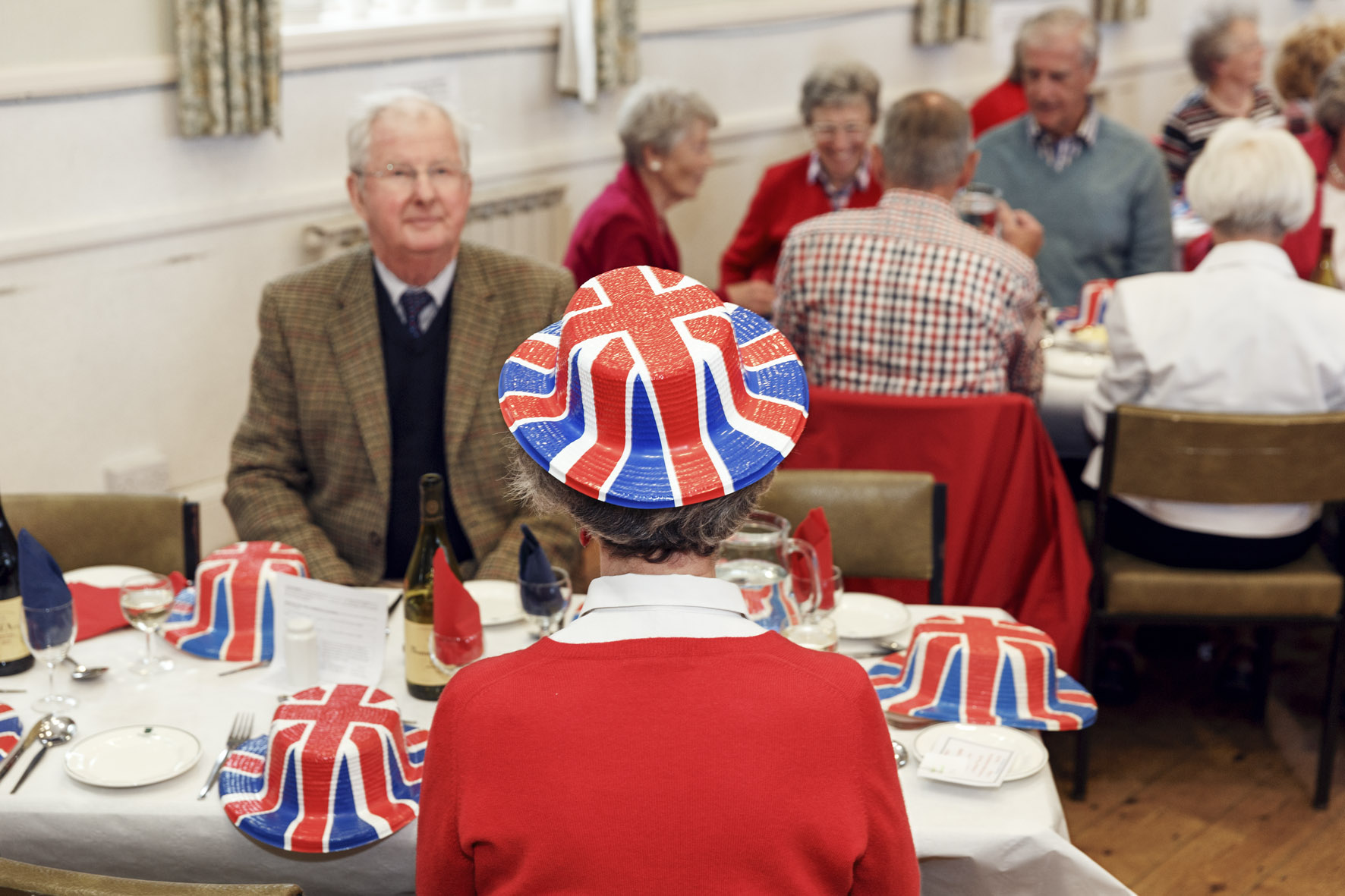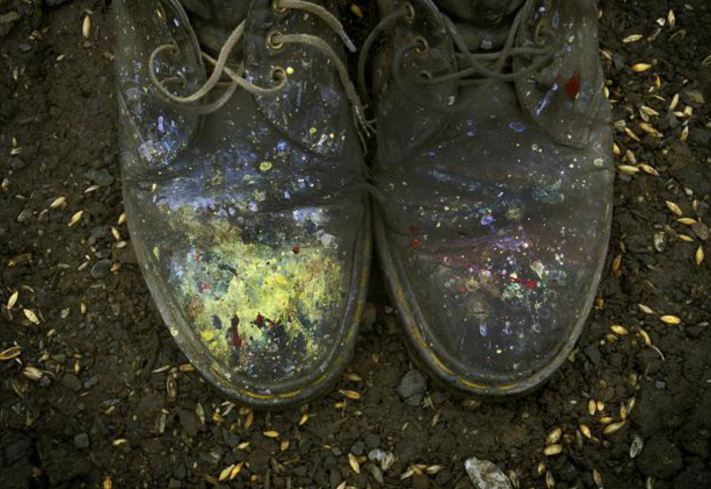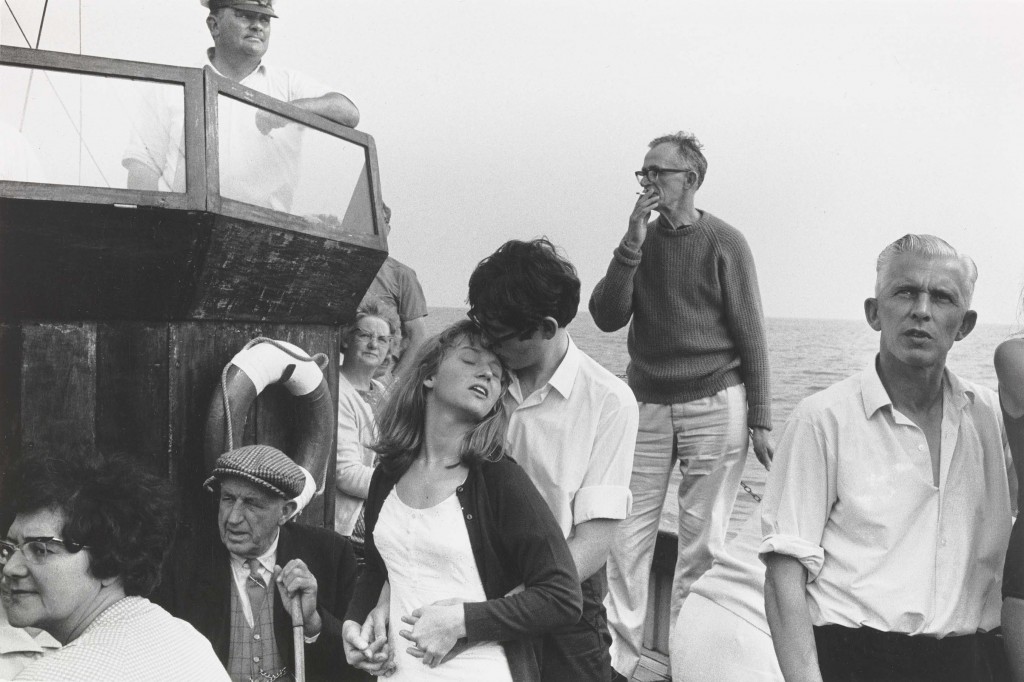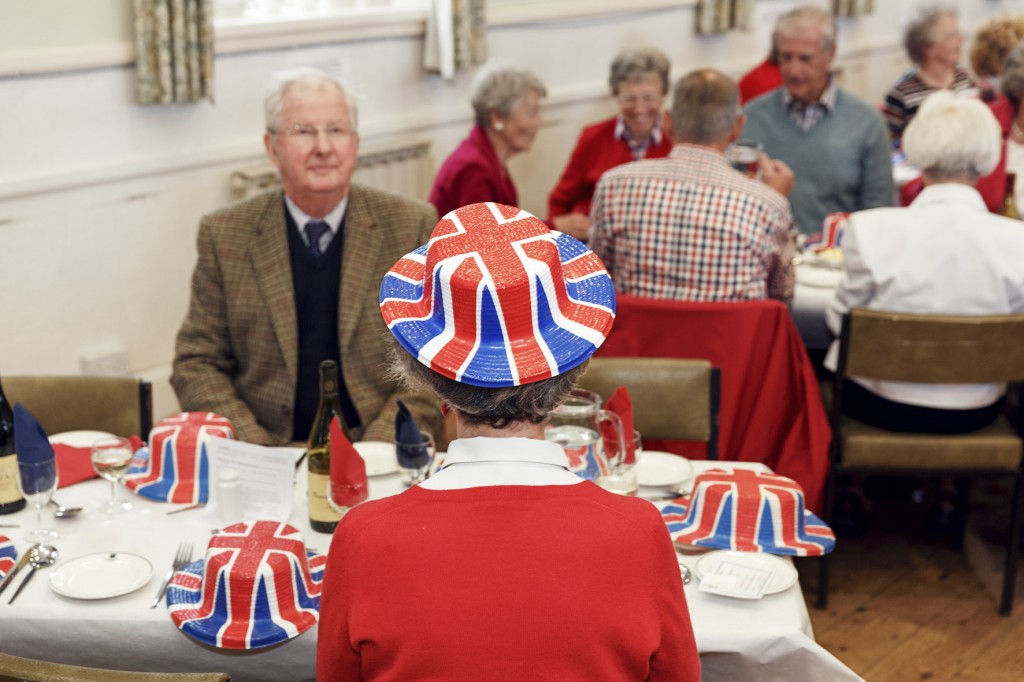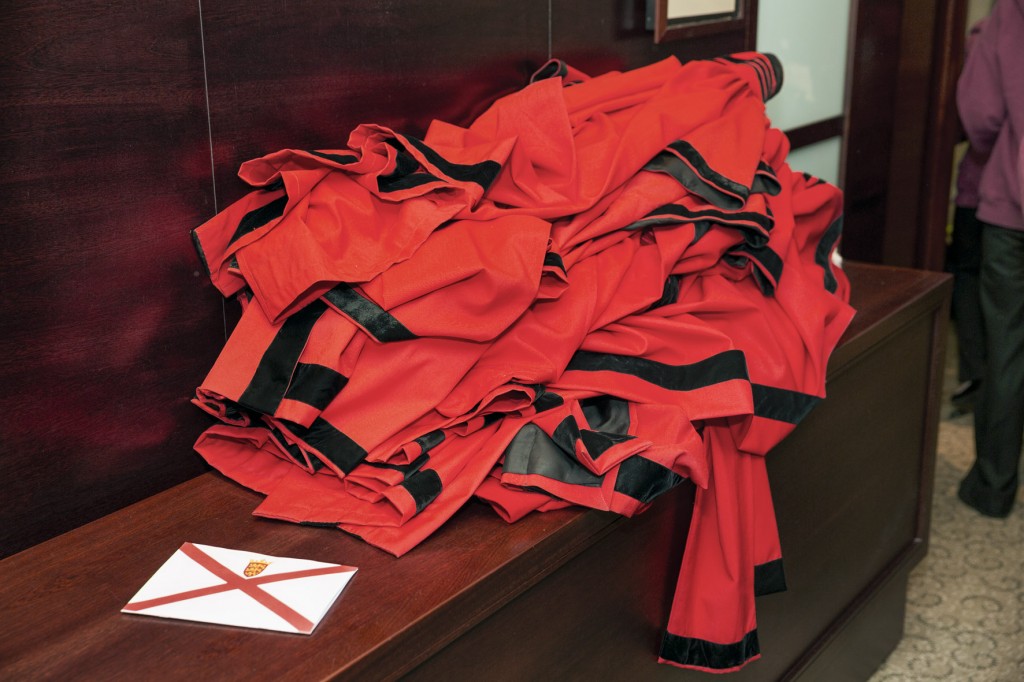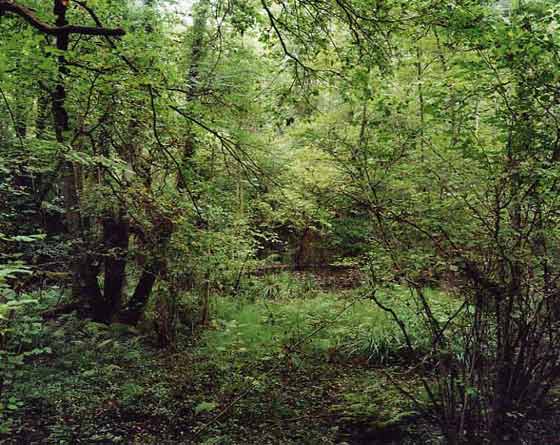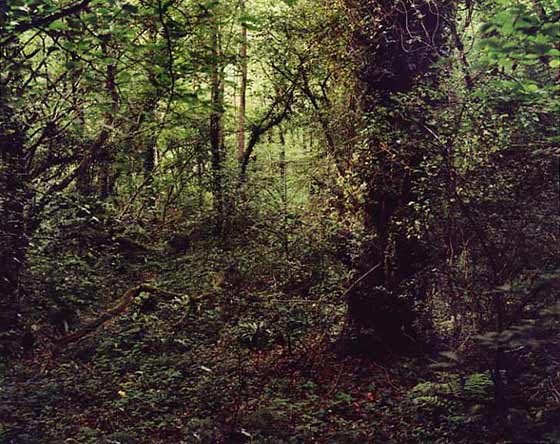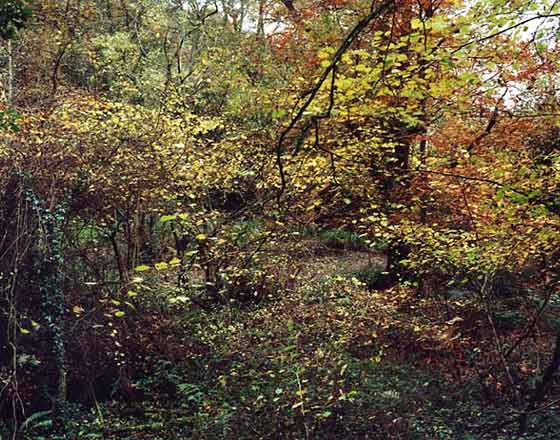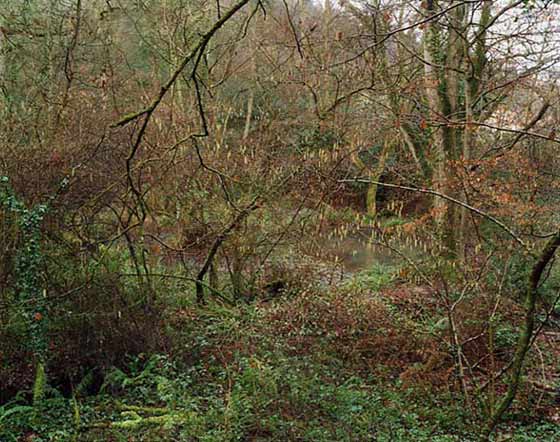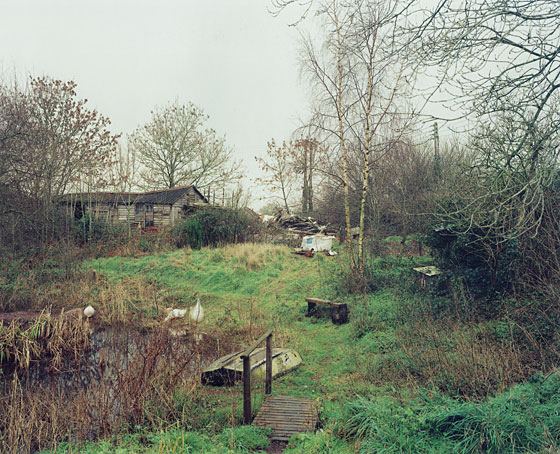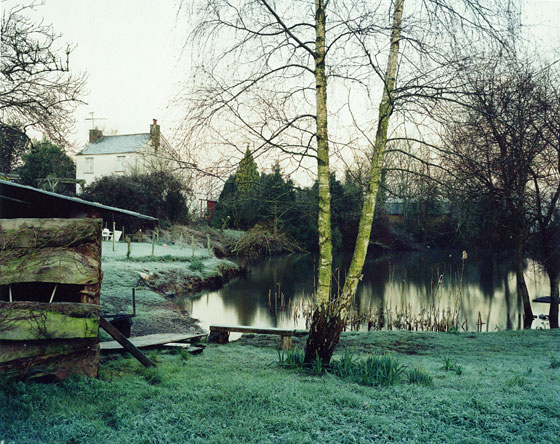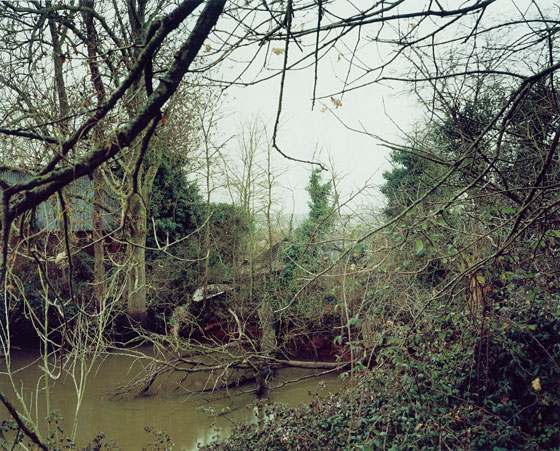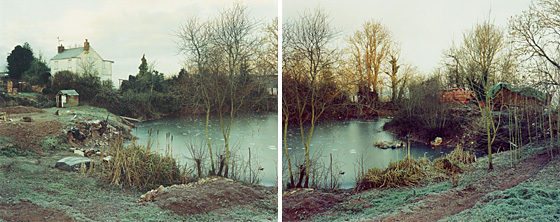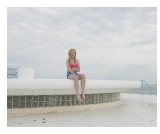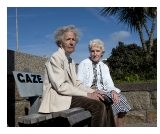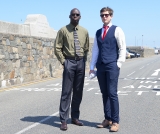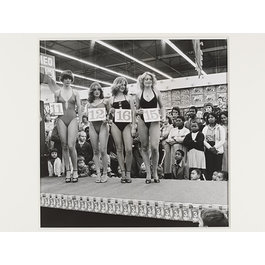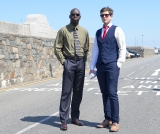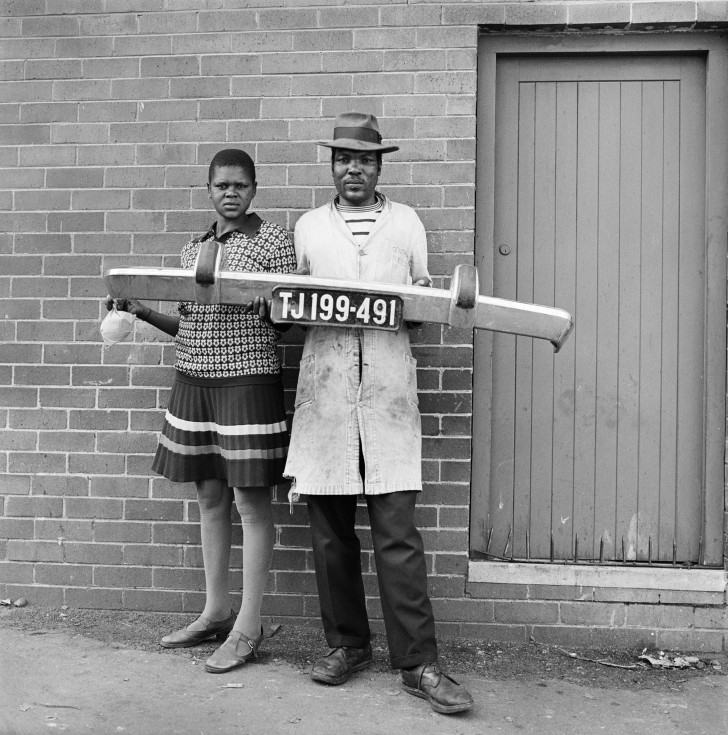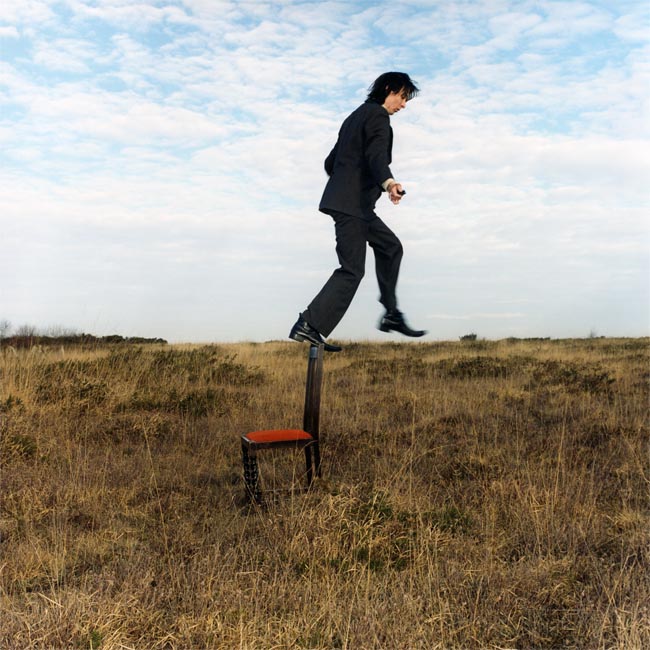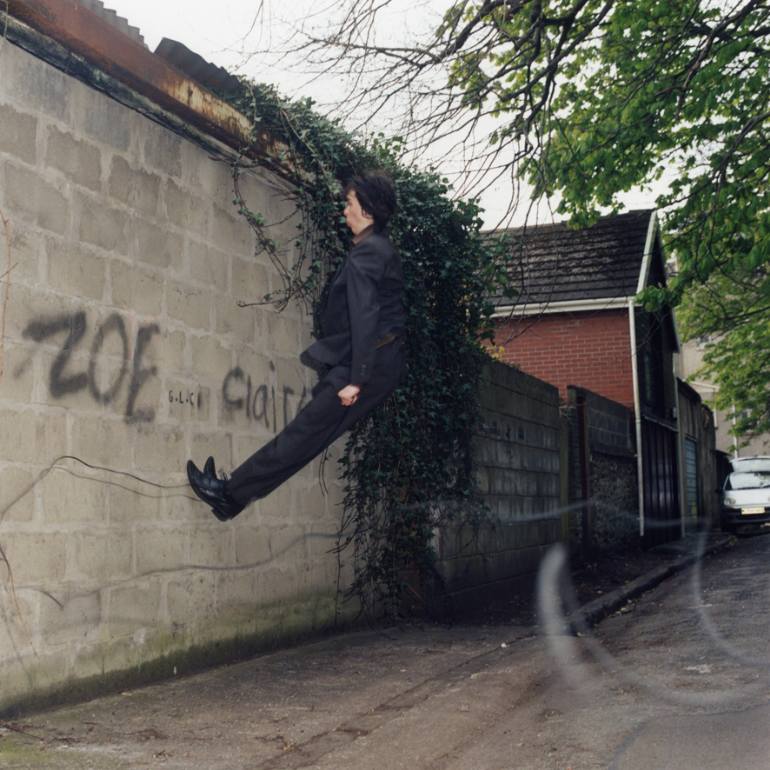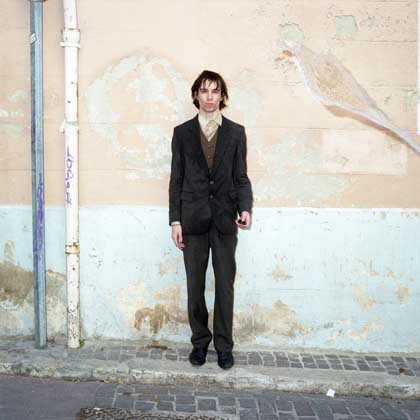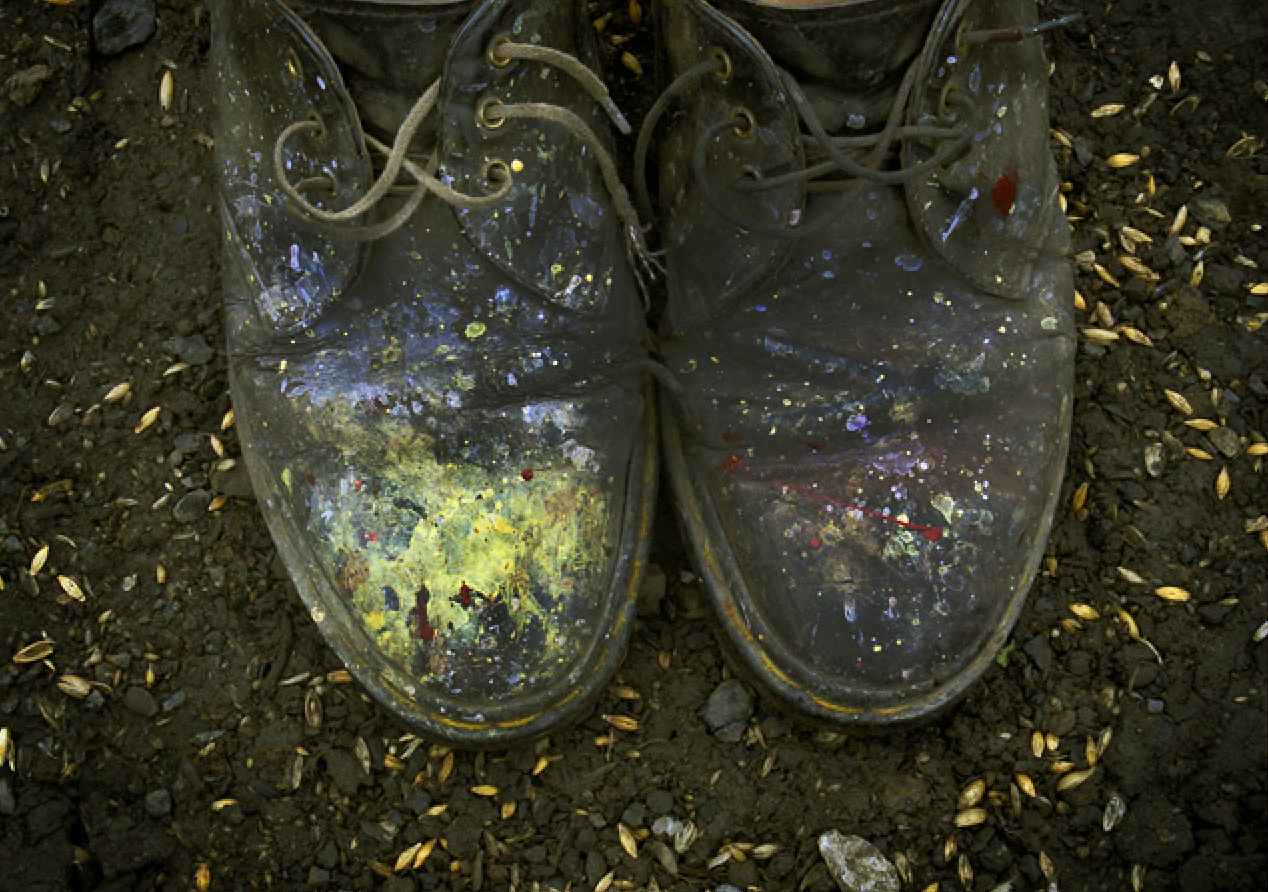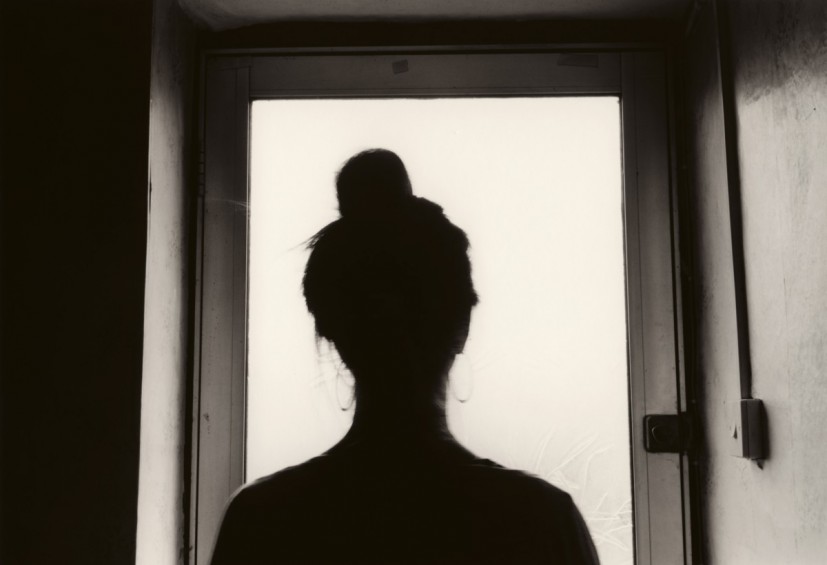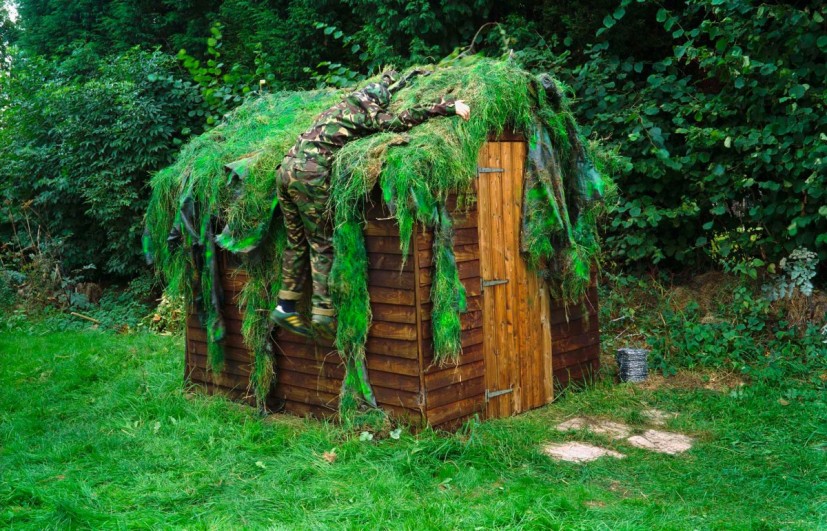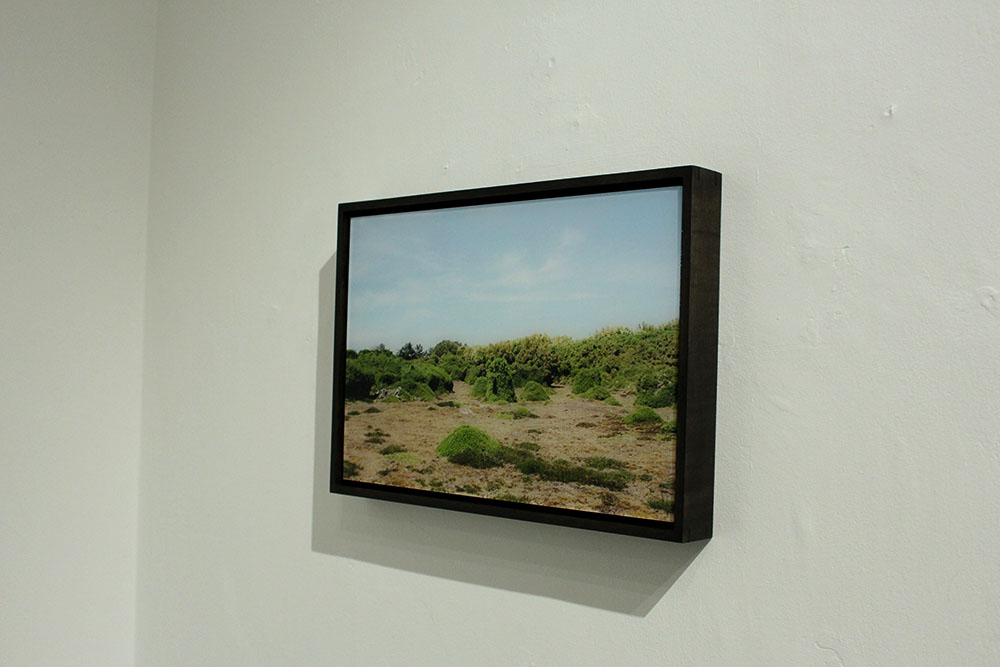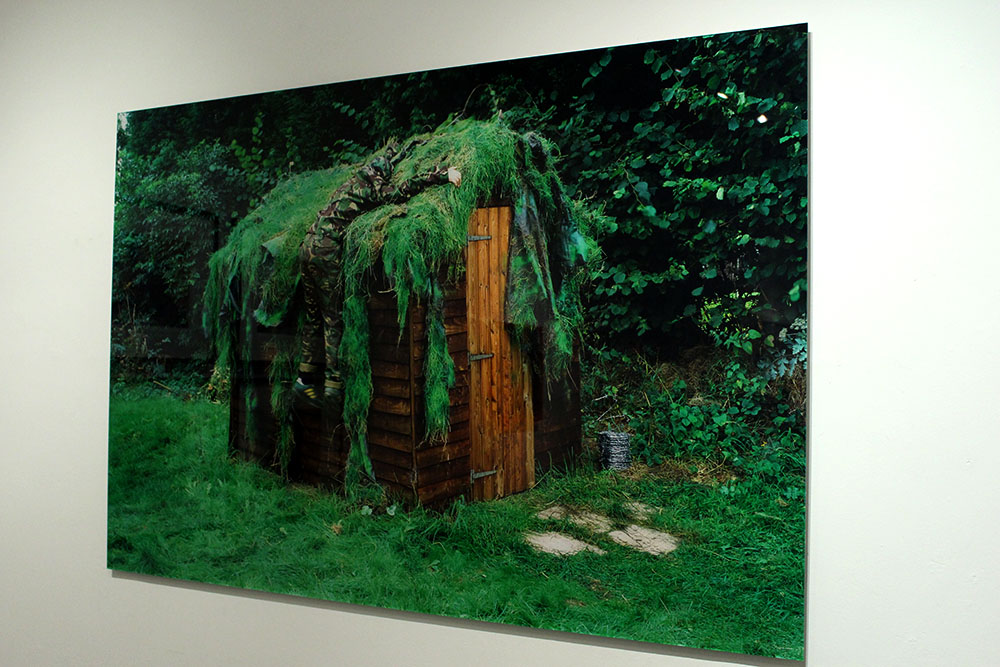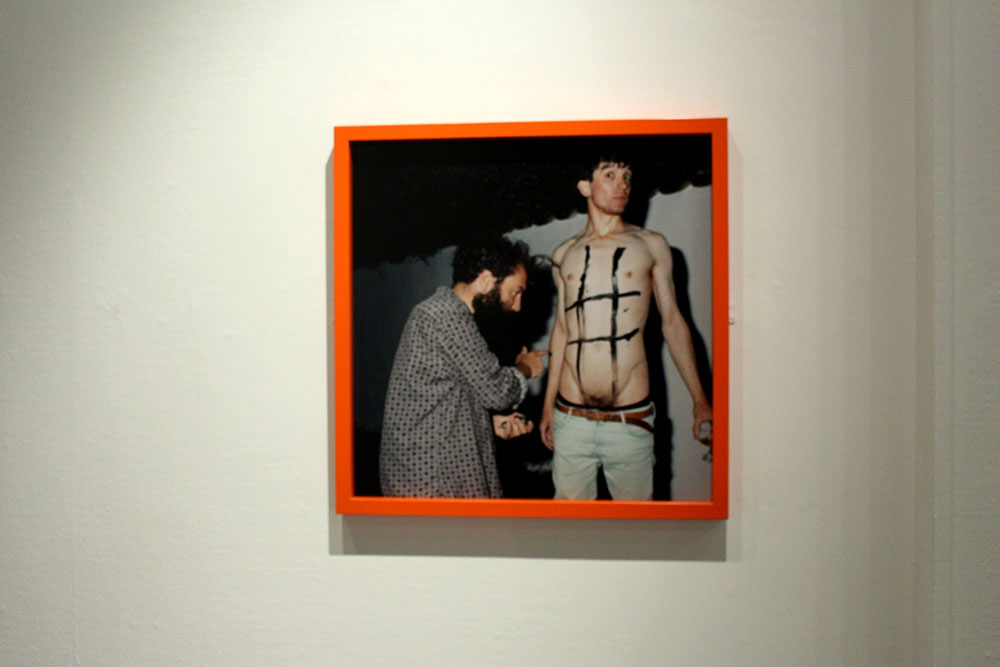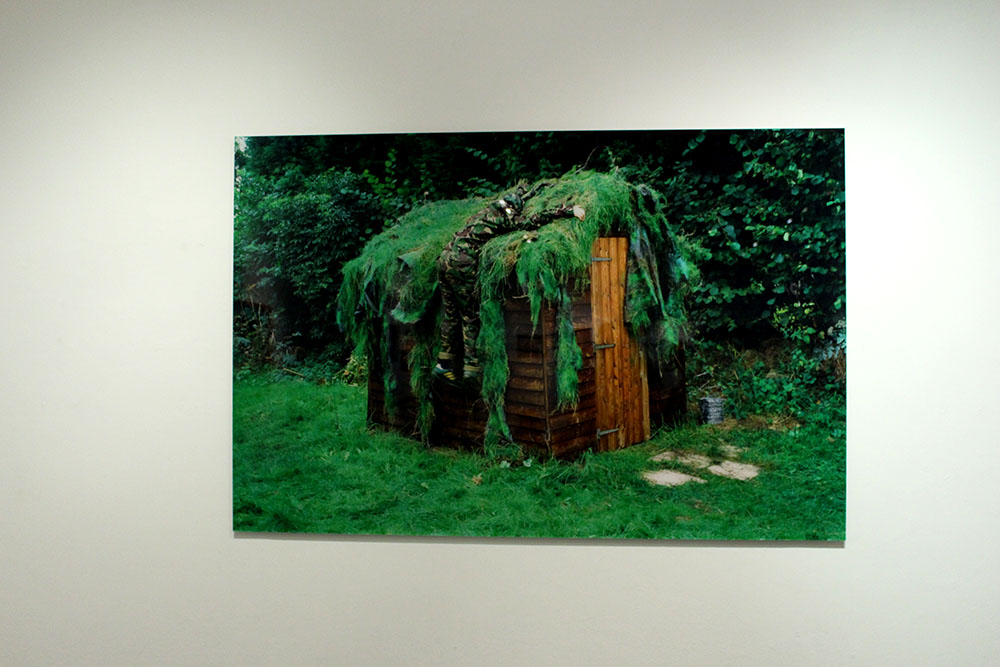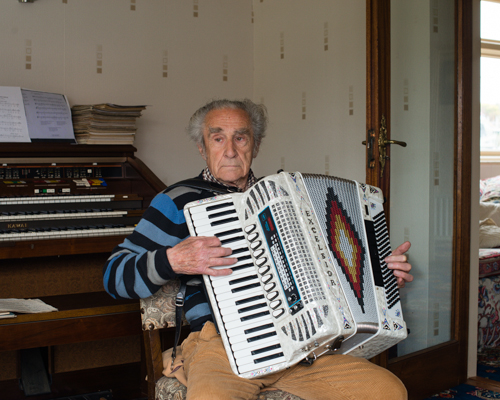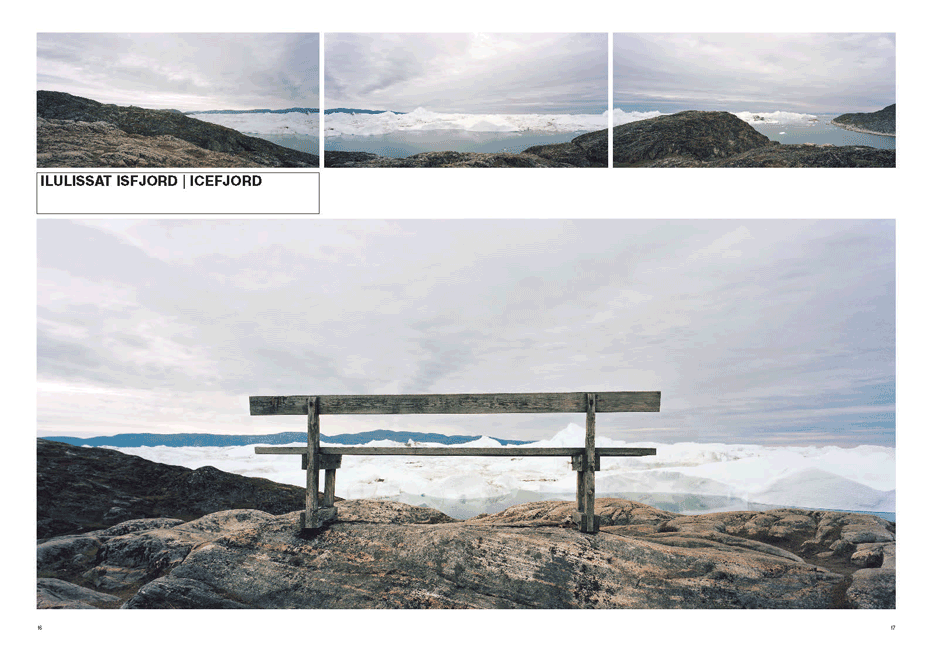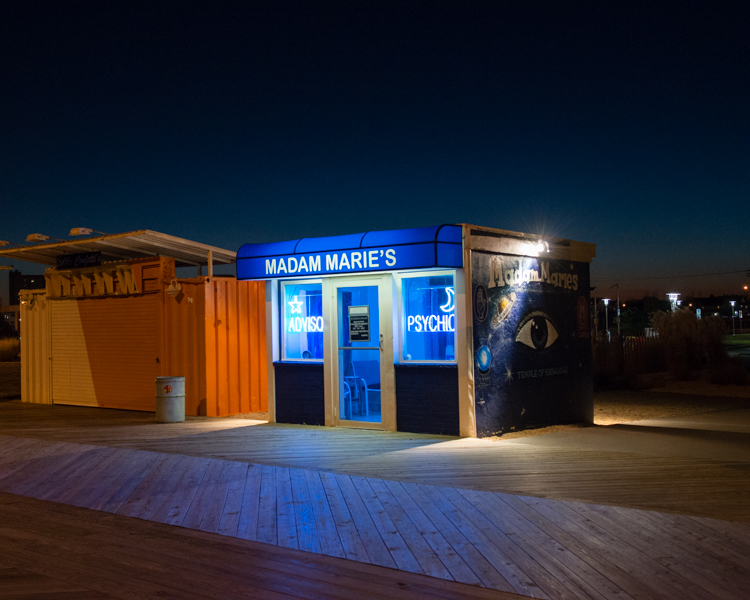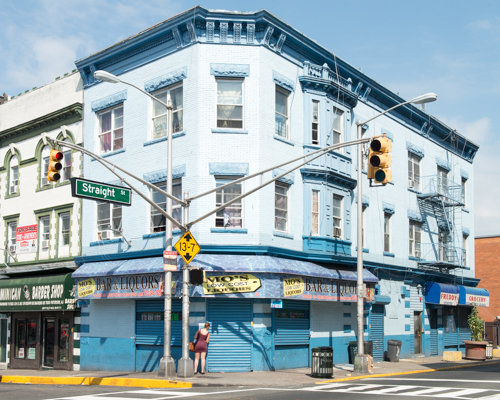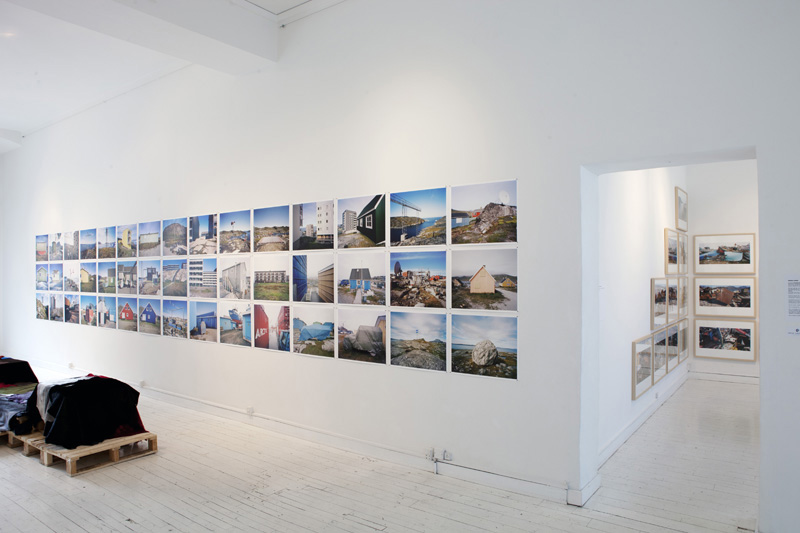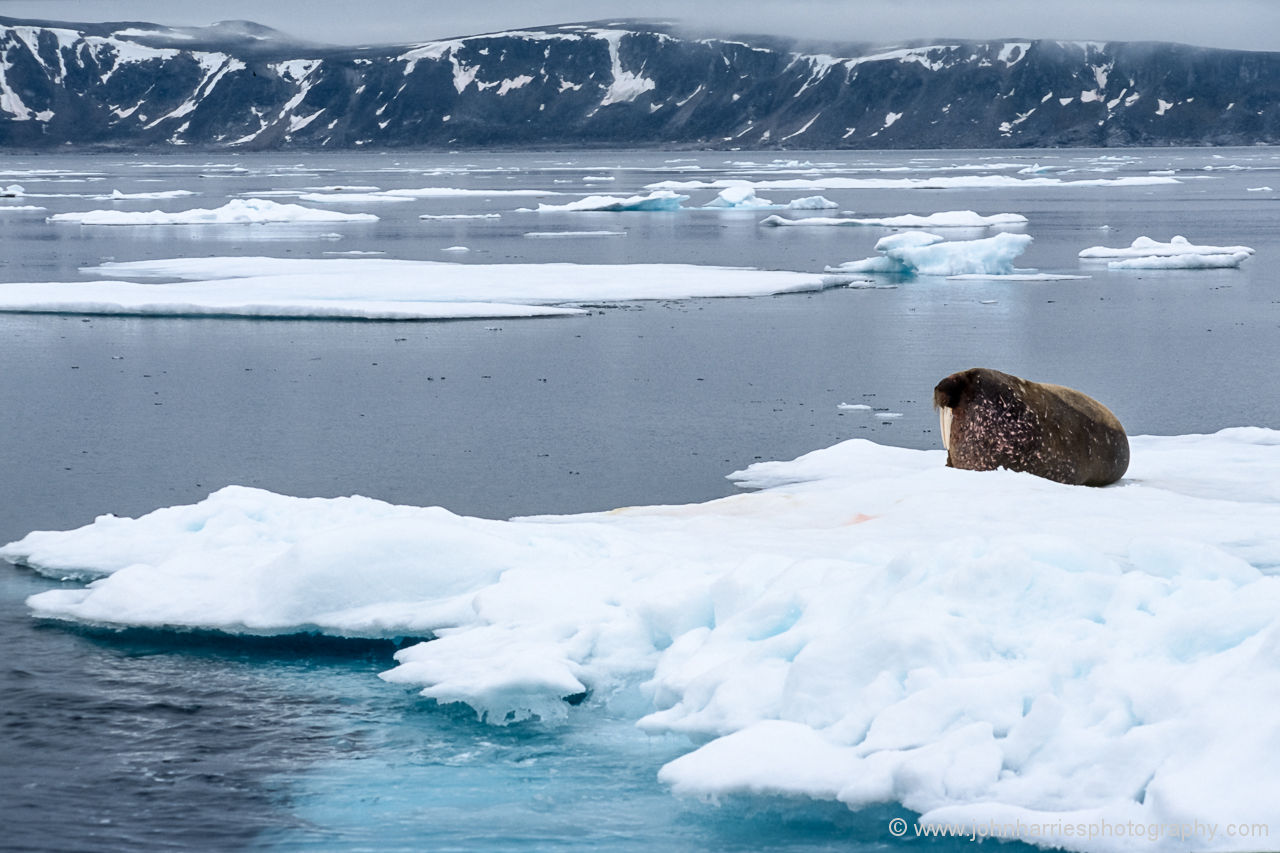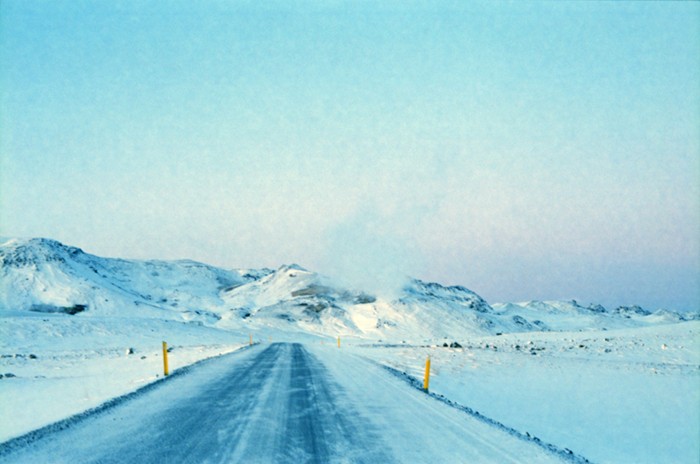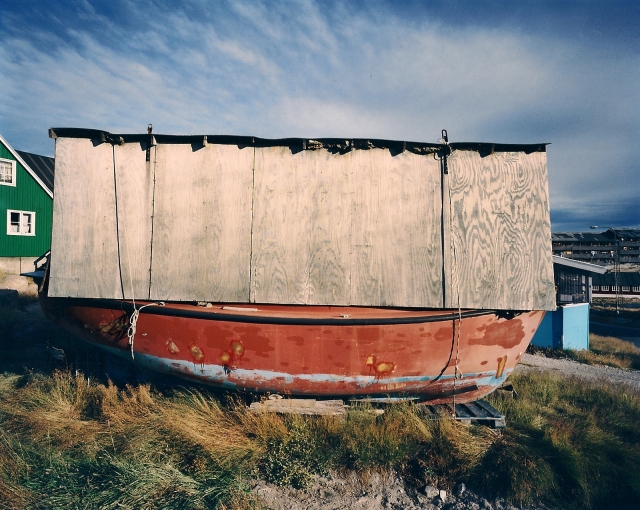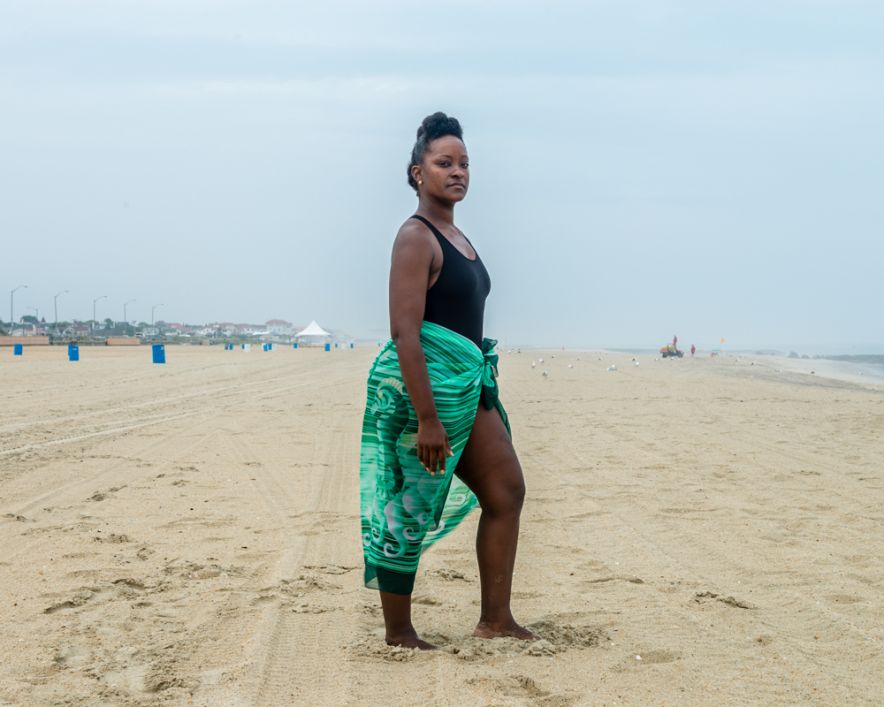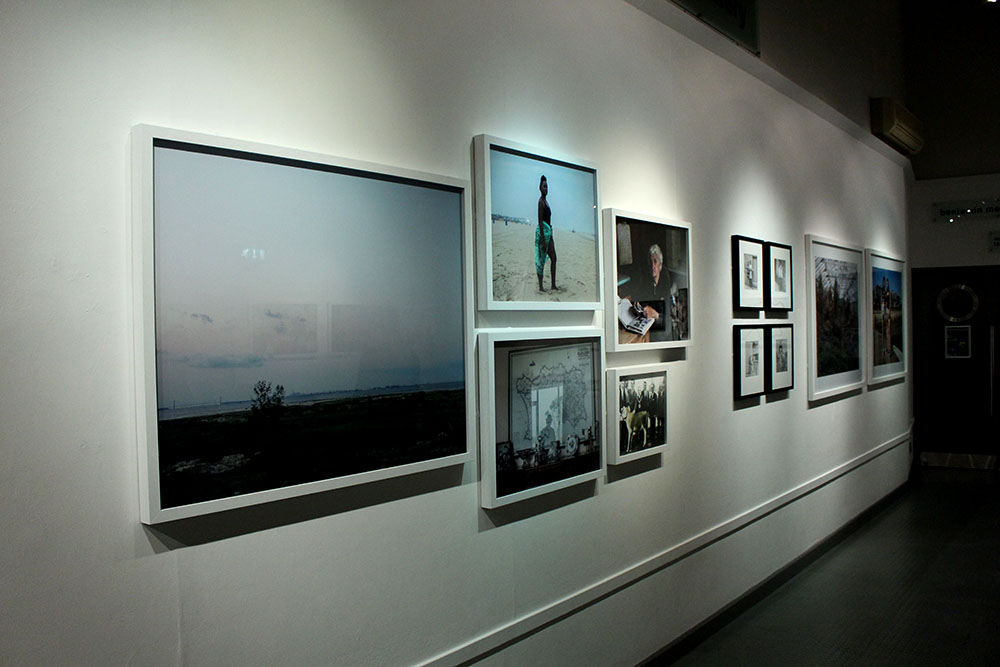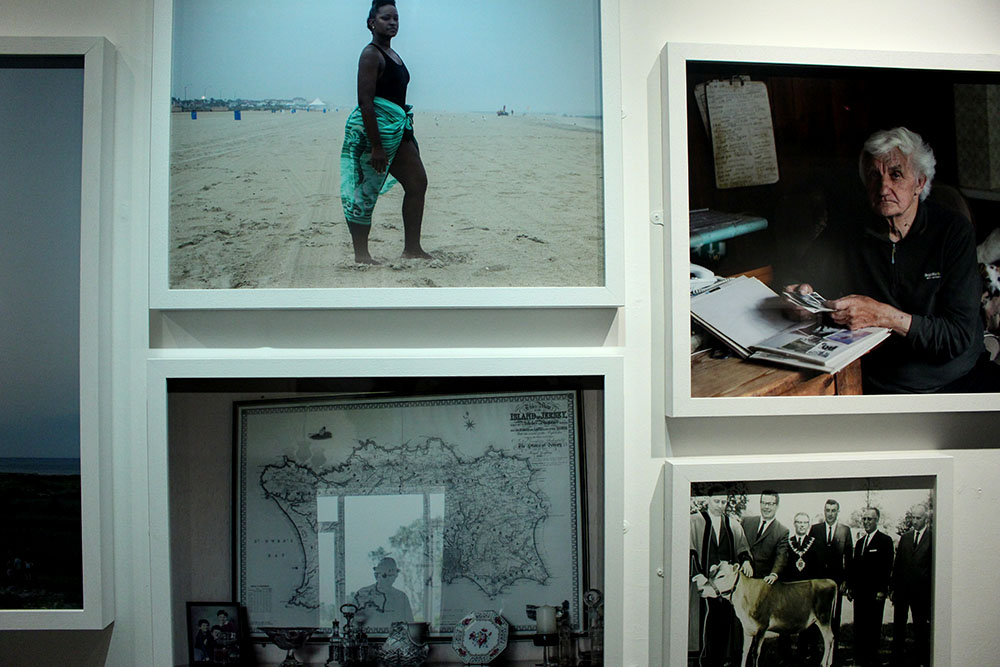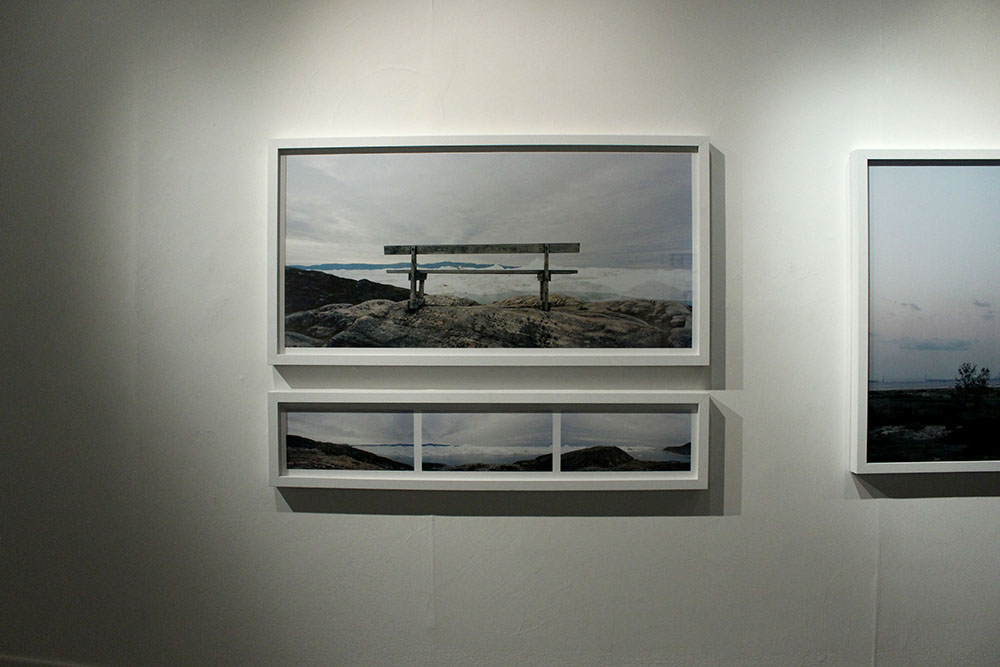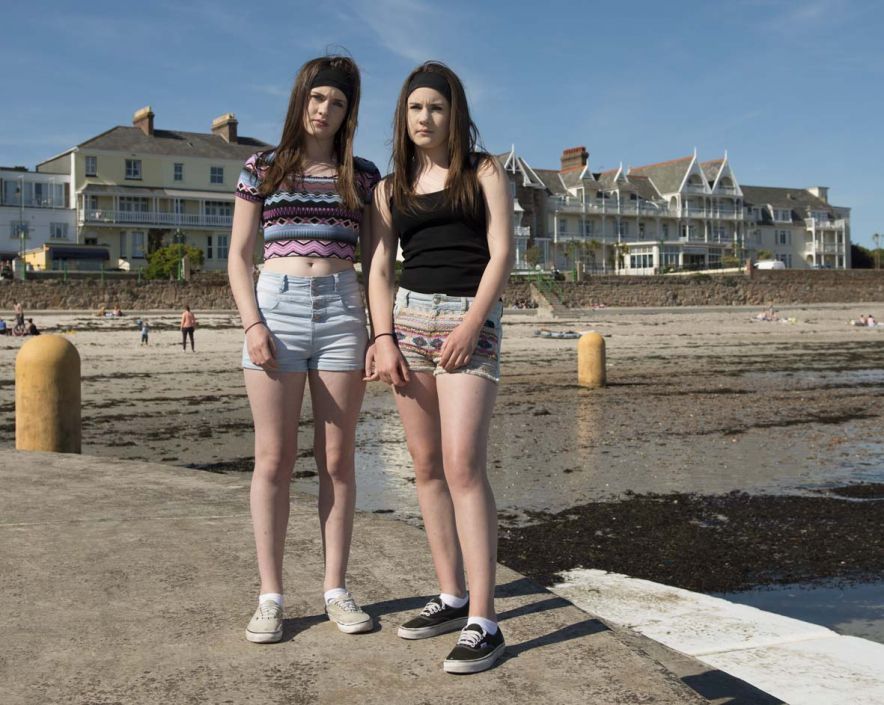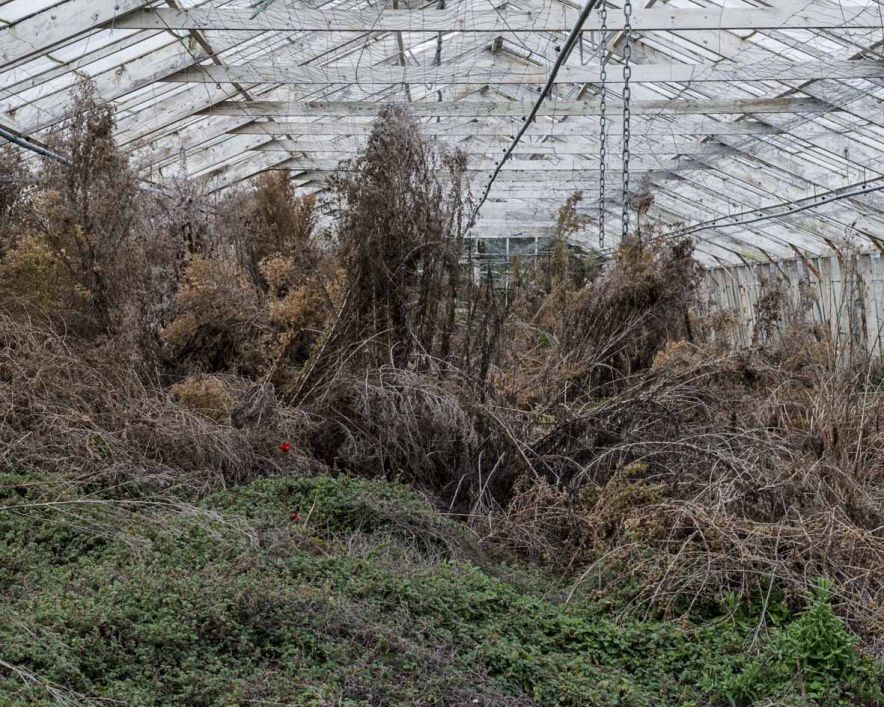To what extent has Martin Parr incorporated the concept of ‘islandness’ in his work and in doing so how has he influenced the likes of those who nominated him.
‘Islandness’ is a shared sense that transcends the traditions of local island cultures. The concept is reinforced by being surrounded by bodies of water which illicit feelings of closeness to the natural environment. It is a metaphysical consciousness derived from experiences of isolation. ‘Islandness’ is a term which can be interpreted in a multiple of varied ways, for example, each photographer in this project has created their own perception of the idea. Ultimately, it links communities together forming a mini society and network.
This unique collection of artists have produced their individual portfolios of work which have explored the complexity and rarity of the term. I especially want to highlight the connections between certain photographers which have gained influence and passion from one another.
My own experiences of ‘islandness’ have been grounded in the morals and values of Jersey, Channel Islands. The idea combines vulnerability and resilience. I think it is significant when considering the theme of Jersey and how you can represent the island and create art from it. Naturally, my research began into the Archisle where I could explore the talents of Martin Parr and the work he produced of the island. The Societe Jersiaise Photographic Archive introduced in 2011, The Jersey Contemporary Photography Programme. The main goal of the scheme was to promote contemporary photography through a continuation of exhibitions and education links. The island itself has attracted millions of tourists and fellow artists as it is known for its natural beauty. The island’s identity evokes a sense of pride and enthusiasm for the project.
‘Island arts engage with the land and the sea and the community. They address the large questions of existence, but they do it within a context of shore-bounded particularity.’- Peter Hay
Focusing more on my intention, Martin Parr was commissioned in 2013 by the Archisle to photograph Liberation Day in Jersey. It is significant that of such a high esteemed photographer, Parr decided to indeed take notice of our small island and beautifully captured the light and importance of the day. In my opinion, Parr’s distinct style represented the happiness and joy of the day. However, his work also included the more solace and memorial moments of the day’s proceedings. With the world constantly being flooded with media, Parr offers a sanctuary of his unique perception of the world. His work tends to be exaggerated, the colours tend to be garish and the angles are normally strange. However, amongst the humour, Parr produces entertaining and insightful images which translate to our way of life. We can almost recognise ourselves in his art work, especially with the theme of ‘islandness’. When looking at Parr’s work and considering my hypothesis I think Parr’s photographs capture this concept exceptionally well (even if this had not been initially intended). This ‘feeling’ has been photographed in the light of Liberation Day, it exemplifies this particular meaningful and important day carefully and accessibly. I think it represents the islanders resistance and perseverance even at the most difficult and tragic of times.
With regards to the links between the photographers in the project, Martin Parr is an influential and inspiring artist who’s work has been and is an in depth observation of our personal identities and values we hold in society. The work he produces is innovative, intriguing and contemporary, strongly reflecting the way we act and our inner natures.
In conclusion, ‘islandness’ is much more than a concept, it is a feeling, an emotion, a community. Therefore, it has the potential to be photographed and interpreted in many different ways. The term has layers, which each artist in the project has stripped away and identified their own version of what ‘islandness’ is. Quintessence is a benchmark of the five years of the Archisle Programme. It is a success of contemporary photography and shows the work of native islanders and welcomed visitors. The project enables inspired artists to shed light on the shifting society of today and produce art for public enjoyment.


